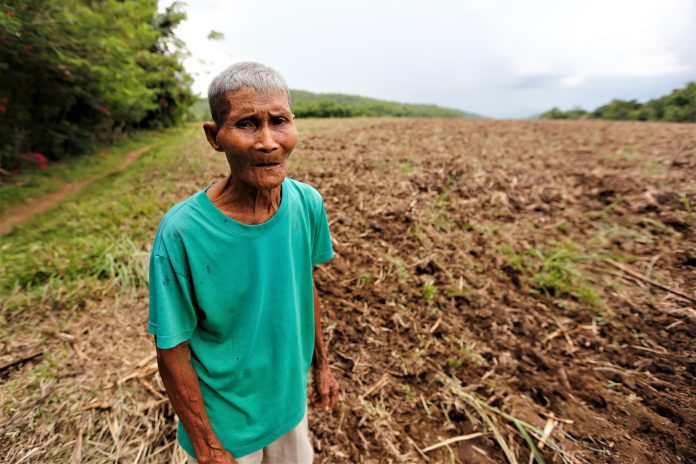For 53 years, farmer Maximo Villaflor toiled in the vast Hacienda Rose Agri in Sag-ang village in La Castellana town in Negros Occidental. He started working as young as 7 years old, assisting his parents who labored in the 443-hectare landholding sprawling with sugarcanes.
Villaflor, long retired at 81, is among the 181 farmers who are supposed to receive a part of the hacienda’s land under the government’s Comprehensive Agrarian Reform Program (CARP).
He and his fellow farmworkers have been waiting for more than three decades now to finally get their land but the long-winding bureaucracy in the Department of Agrarian Reform (DAR) and its lack of political commitment, if not negligence, prevent them from having so.
“They should give us our land. It has been a long time already,” Villaflor said in an interview in May, visibly frustrated. “Our provincial agrarian reform officers have been changing year in and year out, delaying endlessly the distribution of our land.”
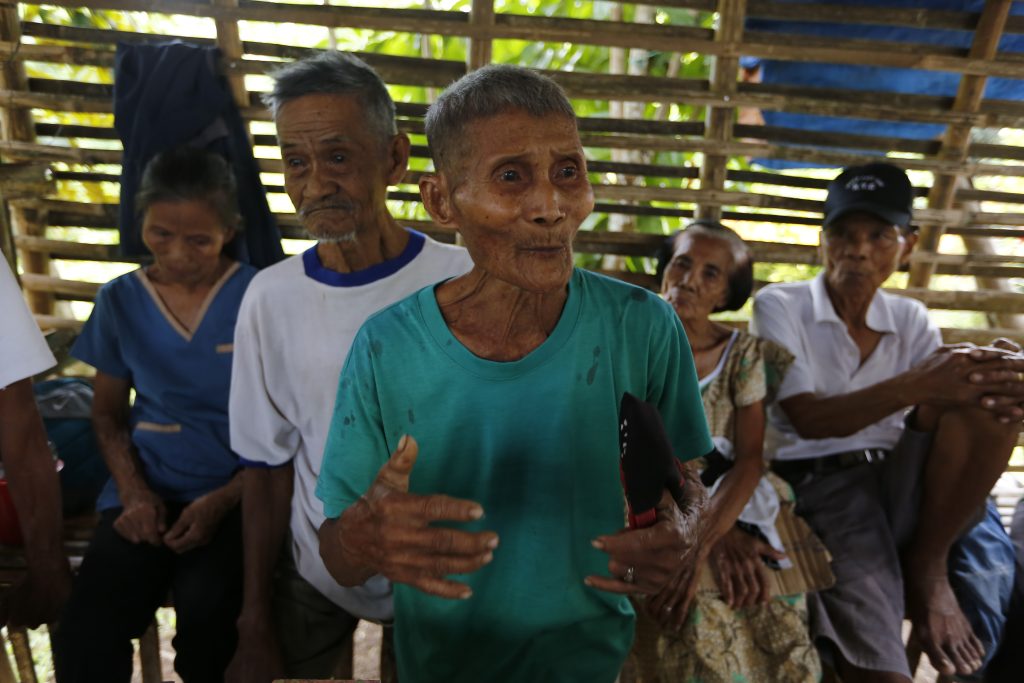
Land reform is one of the key policies Philippine President Ferdinand Marcos Jr. presented in his first State of the Nation Address (SONA), asking Congress to pass a law that would condone loan amortizations of more than 600,000 agrarian reform beneficiaries.
He had also ordered DAR to expedite the World Bank-funded SPLIT program or the distribution of individual land titles to farmers with collective Certificate of Land Ownership Award (CLOA) and resolve the “vintage” agrarian reform cases pending in the agency’s Adjudication Board.
But a year into his term, Marcos has said little about the plight of farmers in estates that are still pending for distribution like that of Hacienda Rose Agri.
DAR records analyzed by farmers’ group Task Force Mapalad (TFM) show that as Marcos assumed office in June 2022, the government has yet to distribute 173,340 hectares of coverable land nationwide.
This is on top of the 147,378 hectares temporarily deleted from the land distribution list in March 2022 under the agency’s Memorandum Circular No. 112, which orders the cleansing of the LAD balance.
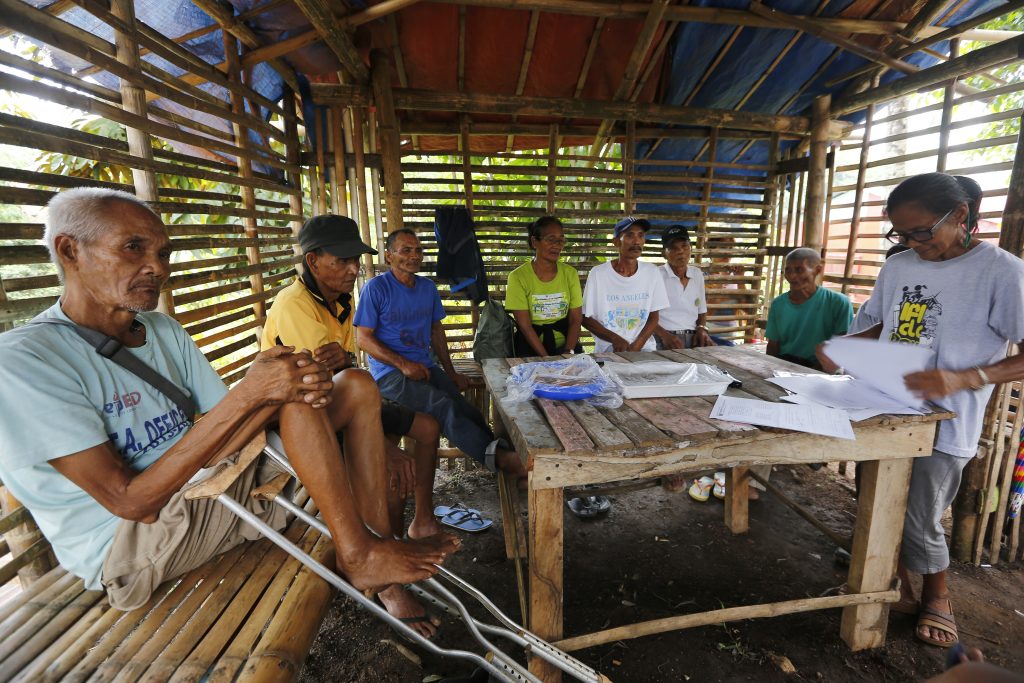
Lost opportunities
Hacienda Rose Agri was placed under CARP on Sept. 18, 1989, when the landowner, Rose Agricultural Enterprises Inc. voluntarily gave up its ownership of the land under the voluntary offer to sell scheme in exchange for a P30-million compensation from the government.
In theory, the arrangement should have sped up the acquisition and distribution of the land because there was no contention from the landowner; but the hacienda’s case dragged on for 34 years for so many reasons, including the landowner’s attempt to chop up the land’s four titles to 356 titles in an apparent move to exempt the landholding from CARP coverage.
DAR eventually disallowed it and reverted the deeds back to the original four, ending in just 146.6 hectares of land covered by the program.
More than three decades later, DAR has yet to conduct the final survey of the land based on the final master list of qualified beneficiaries.
The list was only finalized in August 2021, when the DAR Regional Office allowed with finality the inclusion of seven beneficiaries proven to have worked in the hacienda for years.
The agency’s frustratingly slow action on their case has resulted in so many lost opportunities for the farmers and their families, trapping them in a vicious cycle of hunger, poverty, and landlessness.
According to the farmers, about 30 of the 181 beneficiaries have also died without seeing the land and being able to call it their own.
Aging and in their twilight years, farmers in Hacienda Rose Agri continue hoping that soon they will get their lands.
It would be enough to feed and send their children and grandchildren to school; enough for them to live life modestly where eating meals three times a day is the norm, not the exception.
“I am old. I just want to get the land to pass on to my children,” 81-year-old retired farmworker Rodolfo Sumugat said.
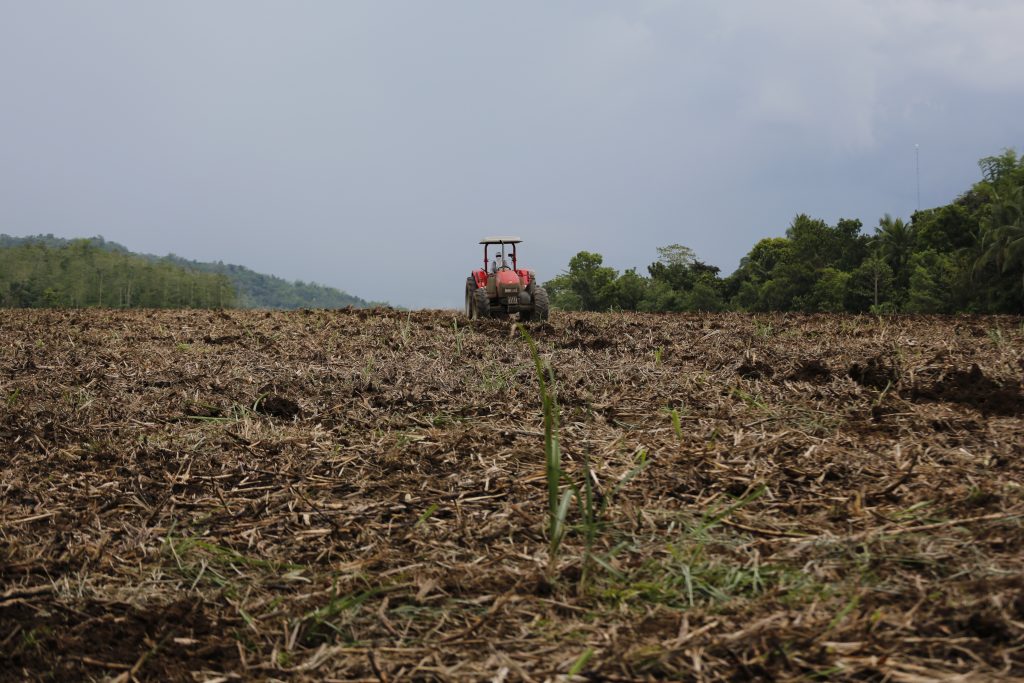
Occupy
Over the years, DAR has consistently failed to meet its annual land acquisition and distribution (LAD) targets despite the shrinking number of lands for distribution.
Under former President Rodrigo Duterte, the deleted landholdings, or those expunged from the list of lands for distribution, were at 147,660 hectares—even higher than his administration’s six-year accomplishment at 127,857 hectares, Philippine Statistics Authority (PSA) data show.
The accomplishment figure does not include the titles that have been registered to the Republic of the Philippines (RP), one of the last stages in the land acquisition and distribution process that paves the way for CLOA generation.
Once the title has been transferred to RP’s name, the beneficiaries earn usufructuary rights, or the right to use the property on the state’s behalf.
Ideally, under DAR rules, CLOA is generated 180 days after acquiring the RP title. But in the case of Hacienda Iling-Iling in Cabadiangan village in Himamaylan City, Negros Occidental, the estate has been stuck at the RP title level for more than 26 years, depriving the farmers of their right to till and cultivate the land they were supposed to own.
Like Hacienda Rose Agri, Hacienda Iling-Iling also underwent the voluntary offer-to-sell scheme in 1996 wherein 101 hectares of the 220-hectare sugarcane plantation owned by E&M Development Corporation were willingly sold to the government.
A year later, in 1997, an RP title was issued but the land distribution process did not progress because it was leased to a certain Ricky Yulo, who has controlled the land for over two decades.
In November 2021, the farmers took the matter into their own hands: armed with their usufructuary rights, they occupied four hectares of the estate and cultivated it. Pressured, the provincial agrarian reform office issued CLOAs to those in the master list of beneficiaries.
However, according to Randy Gane, vice-chairman of the Iling-Iling Farmworkers Association, there are still 14 out of the 56 farmer-beneficiaries that have not yet received their CLOAs despite repeated dialogues with DAR.
One of them is Lenita Tongcuasermona, 65, who had worked in the hacienda for 32 years. She started working as young as 14 years old, planting sugarcane and weeding grass.
Tongcuasermona lamented that the VOS process should have made the distribution of their land faster, but the government’s lack of political will has robbed them of the opportunity to cultivate their land and make a living.
“It has been a long time since the landowner submitted this estate for VOS. Our names are on the list so this should be ours already,” she said in an interview.
Farmers in Hacienda Tamsi in Tiglawigan in Cadiz City face the same dilemma. Despite having the title under the Republic of the Philippines since December 2018 and the DAR’s order to stop cultivation in October 2019, the distribution of the 56-hectare estate has temporarily been halted because of the landowner’s pending petition for retention before the agency.
One of the farmer-beneficiaries, Loida Brillantes-Sabordo said that the landowner, Punay Lopez Kabayao, had filed a petition before the provincial DAR to retain five hectares for each of their 12 corporations, which was ultimately denied. They are just waiting for the final resolution of their case, Sabordo said.
In October 2019, they tried to occupy about 300 square meters of land but they failed to cultivate it because the landowner’s guards harassed them and prevented them from accessing the lot.
“We hope that the DAR Central [Office] finally issues an order of finality so that the CLOA will be generated to our favor,” she said.
“President Marcos, have pity on us. We are in a difficult situation here… we have no livelihood,” she added. “Please look into our situation so that we would be able to send our kids to school and that we would be able to eat three times a day.”
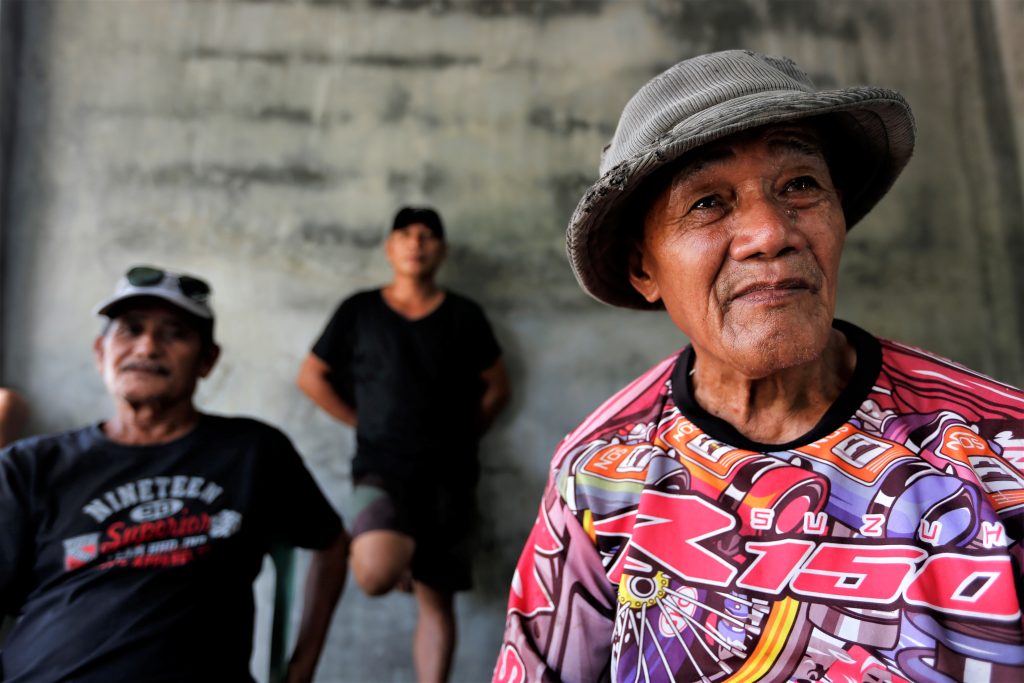
Poorest sector
Time and again, the Philippine agriculture sector has harbored the country’s poorest segment. PSA data show that as of 2018, poverty incidence among farmers is at 31.6 percent, the highest among basic sectors.
Farmers interviewed by TFM only wish one thing: for the government to look into their decades-old plight of landlessness and finally put an end to their hunger by giving them the land they are supposed to own.
“It is really frustrating. We have long been waiting for the process to be completed. How many more years do we have to wait?” Villaflor asked.

